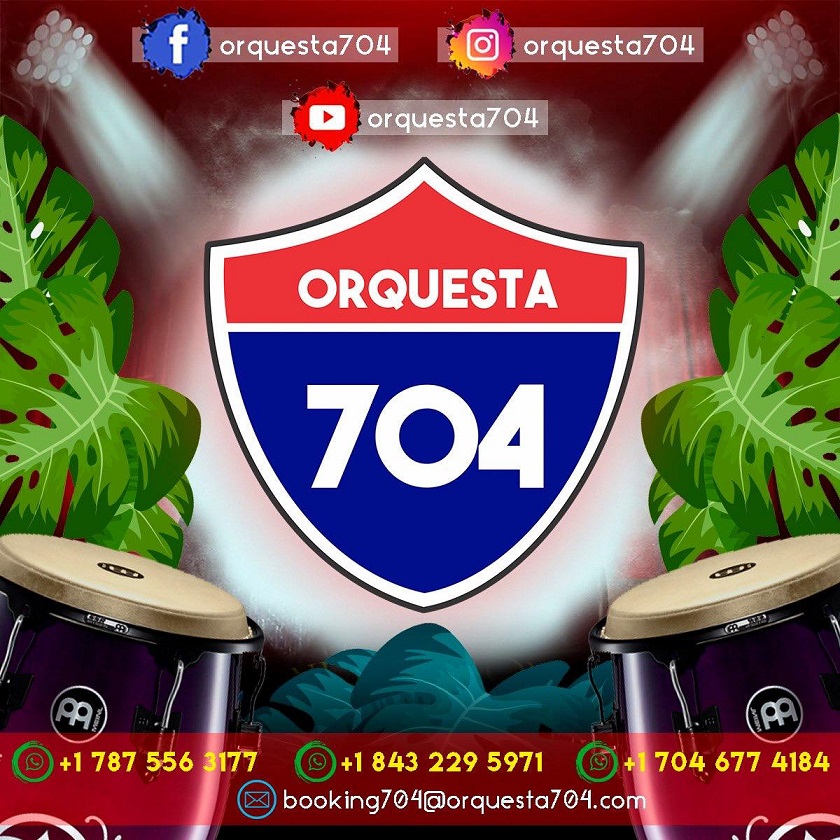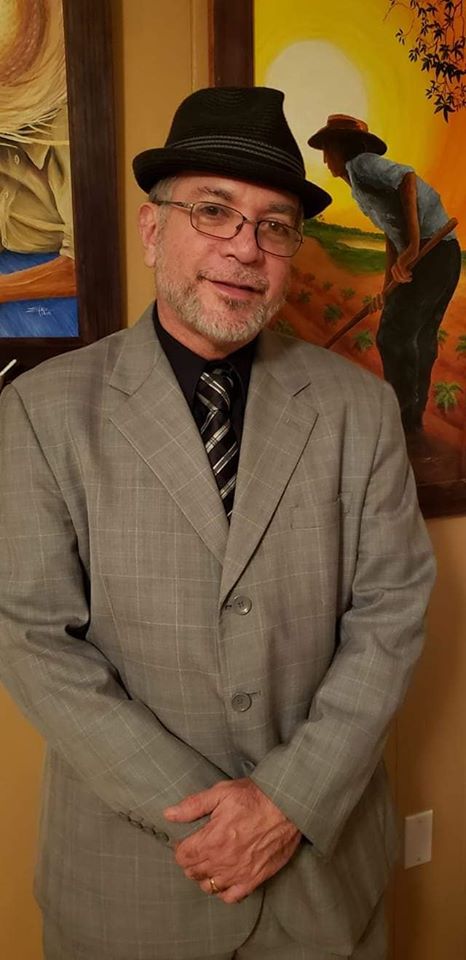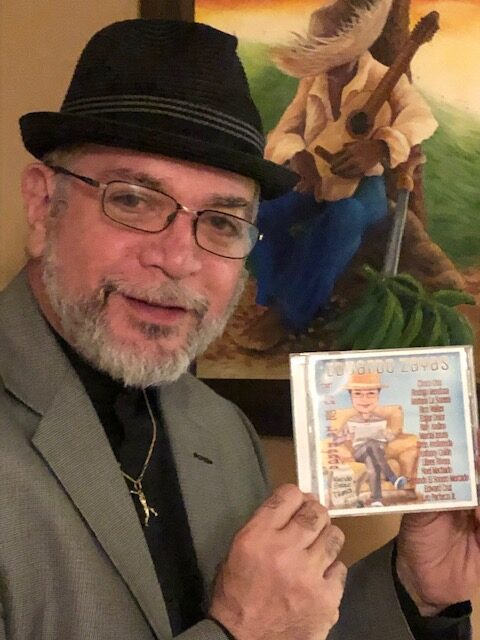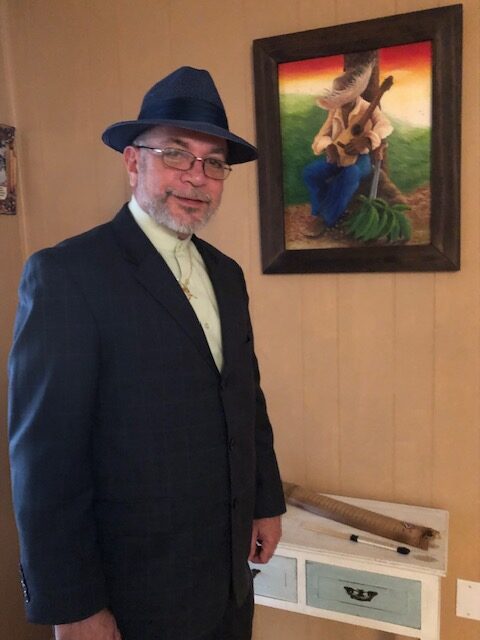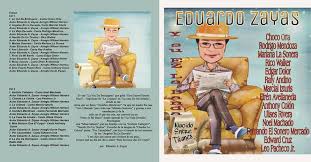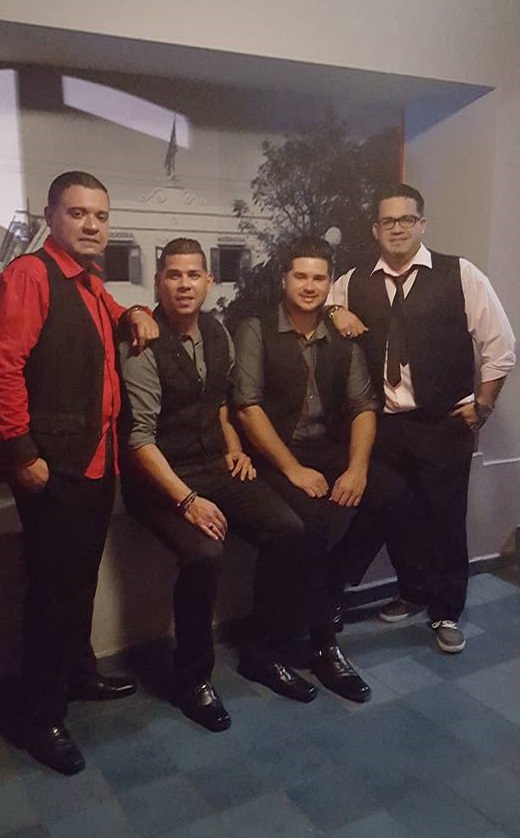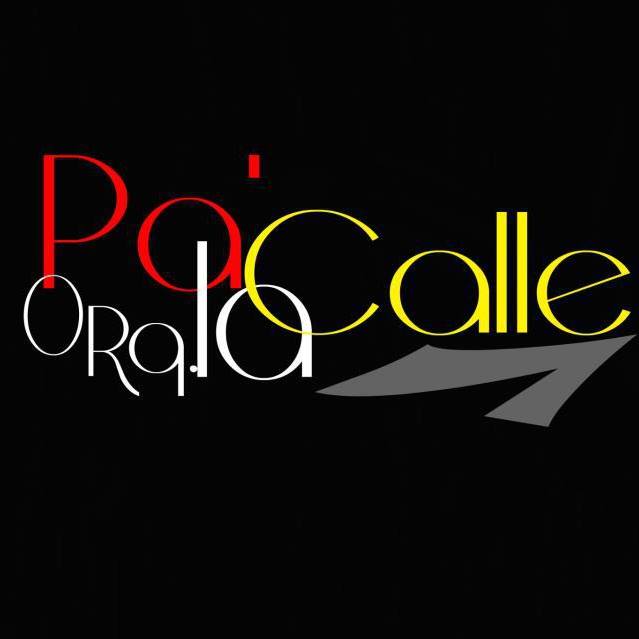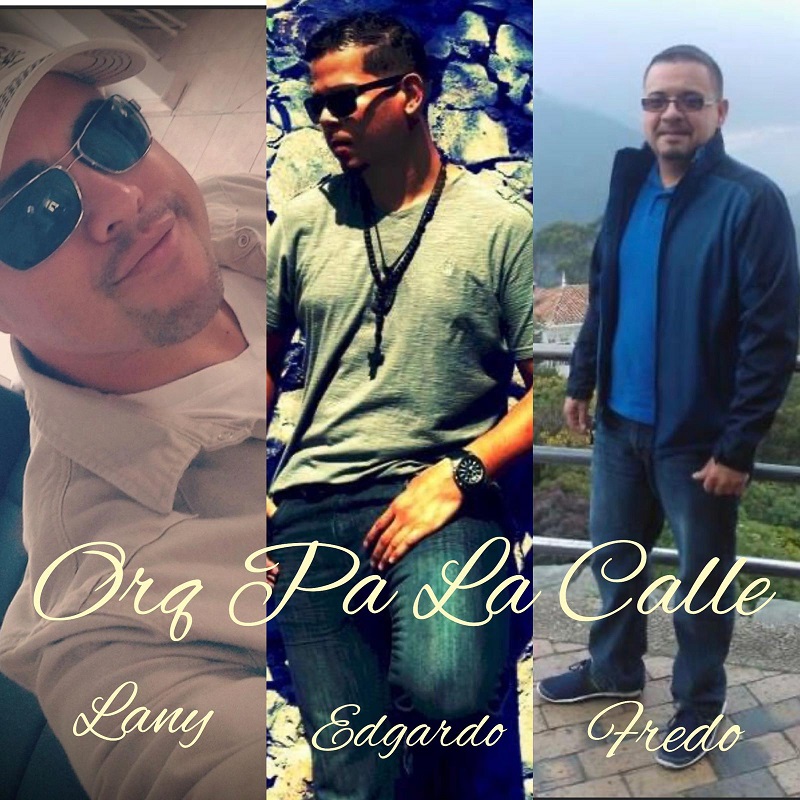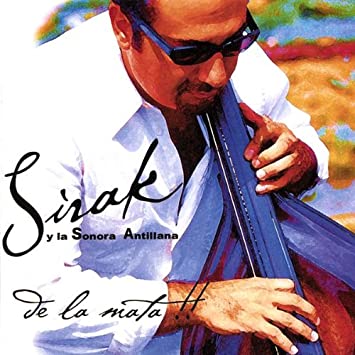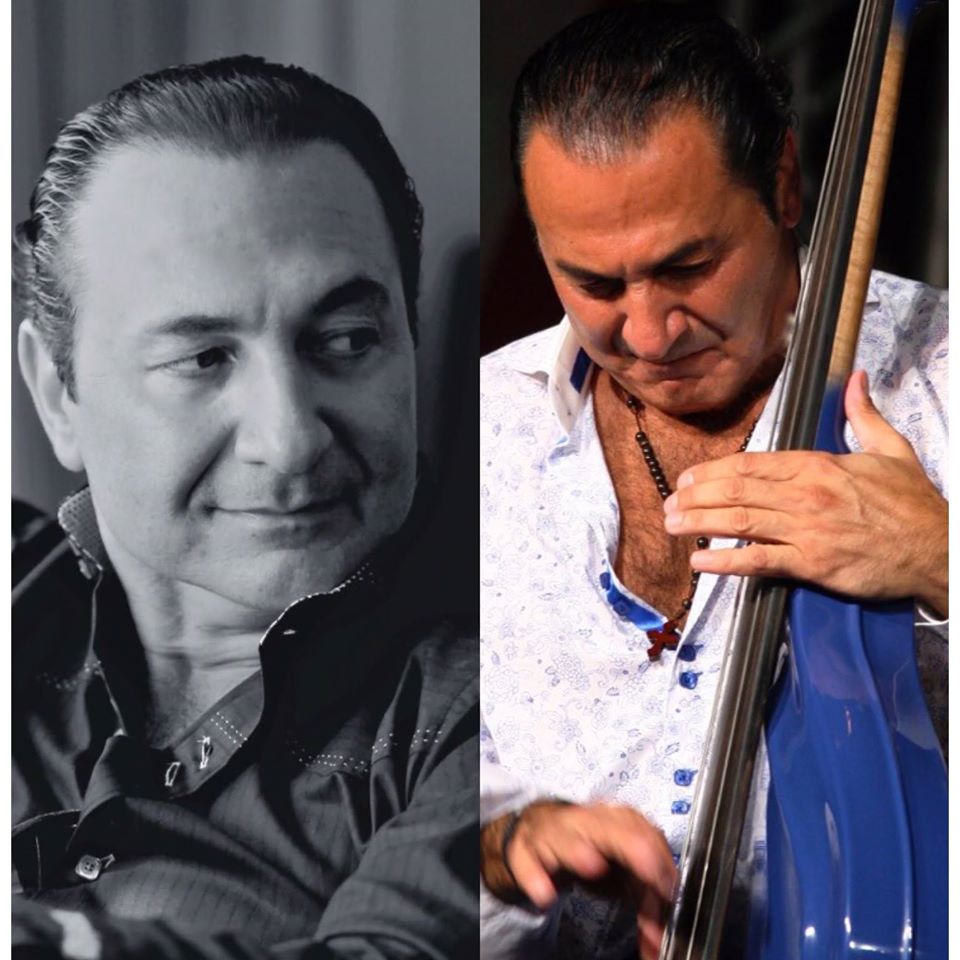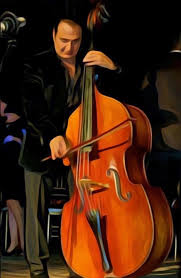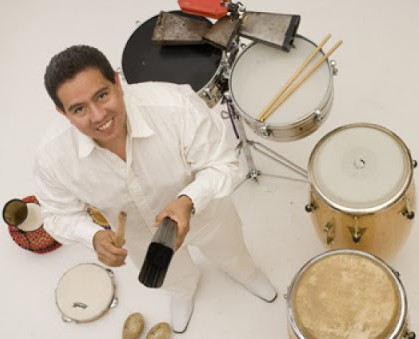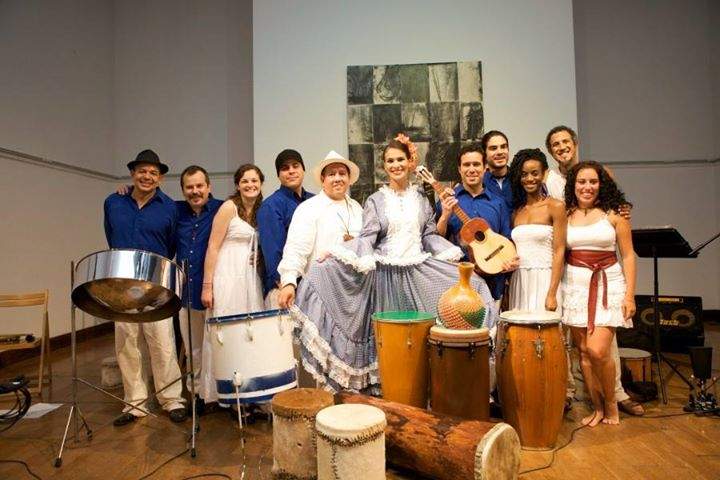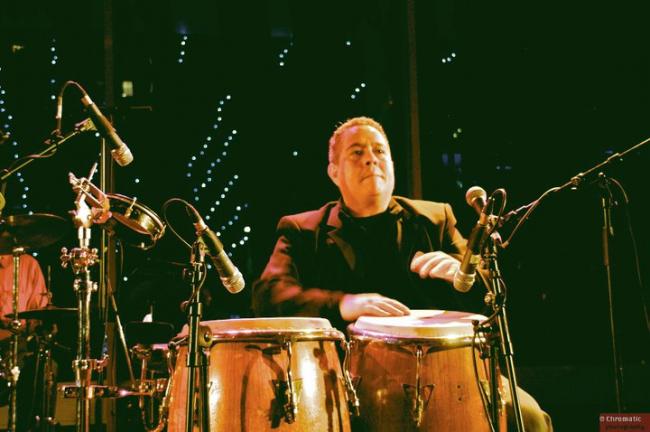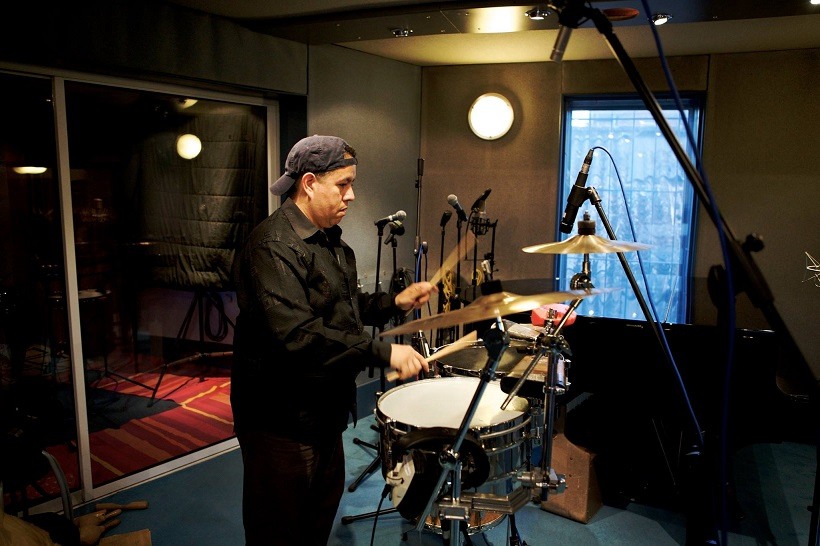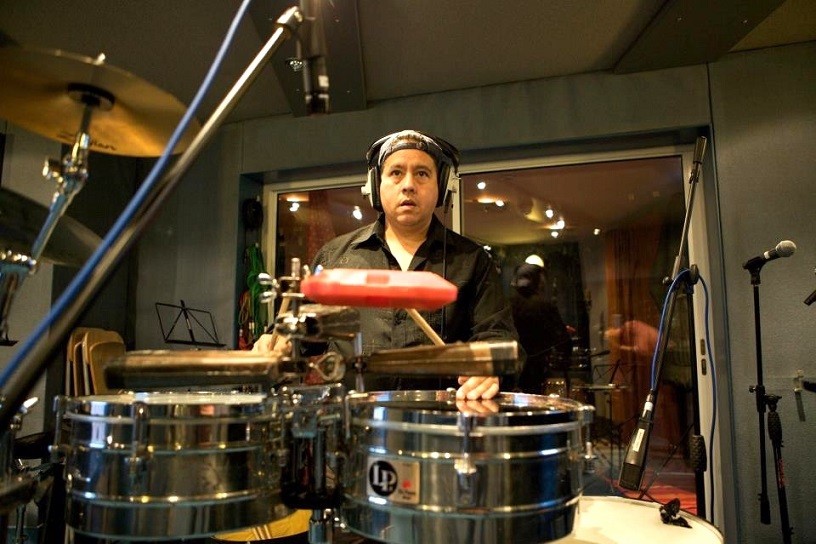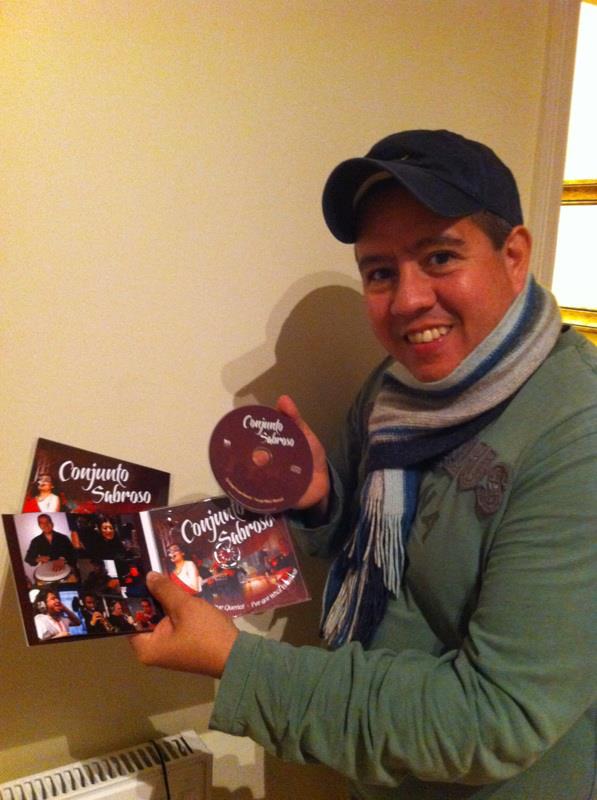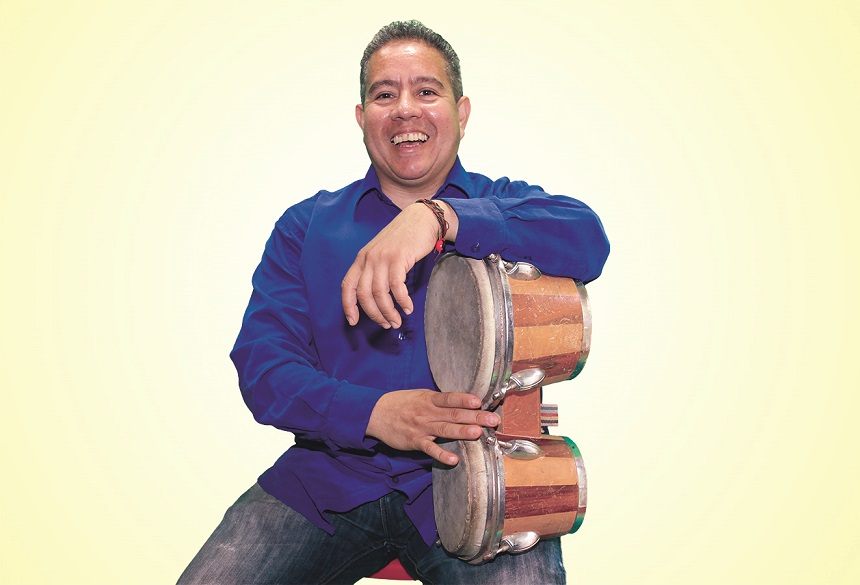Orquesta 704 was created in 2018 by Javier Mendoza (singer) and Julio Hernández Dipini (Trombone and Director) when Javier and Julio were looking for the name for the Orchestra, many names came up, but none caused an impact, while Javier was driving on the road Interstate I-77 saw a sign on the highway and said to himself, this may work, so a very striking logo was used and put 704, because these numbers are the area code of the area where Javier and Julio live.

Orquesta 704, had a very good acceptance by the salsa audience, coming to perform on various stages, such as the Charlotte Puerto Rican Festival alternating with El Gran Combo de Puerto Rico and La Sonora Ponceña.
They also began to accompany artists who were recommended with Orquesta 704, for the responsibility, seriousness and professionalism on the part of all the members who make up Orquesta 704.
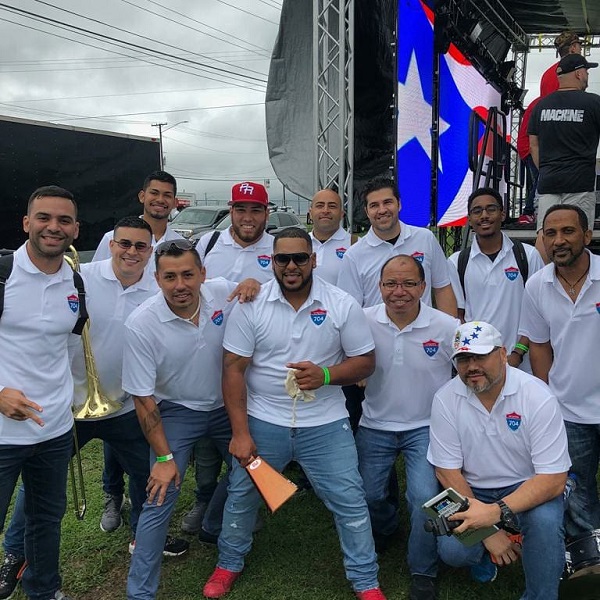
In 2019, the leaders, Javier and Julio, began to compile the songs to start recording their original songs, trying to bring good music to the dancing public. At the beginning of the year 2019, Javier and Julio, released their first musical single “No Me Preguntes Por Mas” which was very well received in countries such as Colombia, Peru, Mexico, Panama, Puerto Rico, Canada, Japan, Switzerland, Italy , among others.

Seeing the result, they obtained in the first musical single, they decided to record and release their second single. “Seguimos Siendo Amigos” feat Arturo Rolon. It is not long after the release of their second single, and they say goodbye to adding their third musical single titled “ESE SOY YO“ with three songs on the market, the public was asking for more from Orquesta 704
And they contribute to the salsa genre again, releasing their fourth musical single at the beginning of 2020 called “Vida Loca” feat Miguel Ortiz. Currently, Orquesta 704 continues to record new songs for their upcoming ones for the dancing public.
